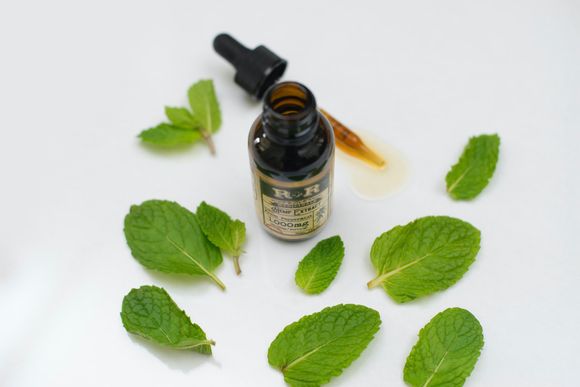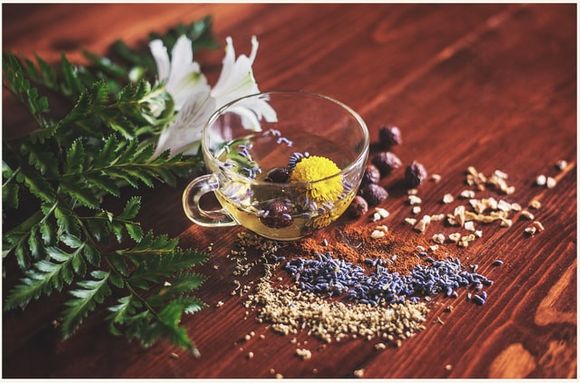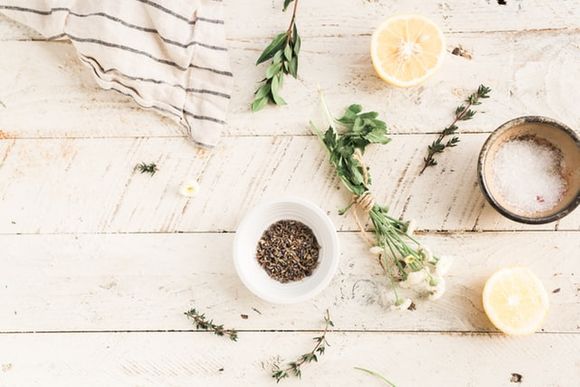Author: Rositsa Tashkova, Master of Molecular Biology and Microbiology
Currently, specialists from around the world have harnessed their efforts to find effective and safe therapy or medication for the treatment of COVID-19 - the disease caused by the new coronavirus SARS-CoV-2.
Several different methods are applied, among the most promising being the combination of chloroquine [ref.1] and the antibiotic azithromycin, the infusion of reconvalescent plasma [ref.2], i.e. blood plasma from people who have contracted the disease and built antibodies against the virus, as well as the arthritis drug remdesivir [ref.3].
Convencional methods of treating COVID-19
Let us first summarize [ref. 4] which conventional methods and medicinal substances are used in the fight against coronavirus.
Oxygen therapy [ref. 5]: it involves the placement of nasal cannula, non-invasive mechanical ventilation, and invasive mechanical ventilation, ECMO.
Antibiotics [ref. 5]: Amoxicillin, Azytomycin and fluoroquinolones.
Antiviral preparations: Lopinavir/ritonavir [ref. 5, 6], Ribavirin [ref. 5, 7], Favipiravir (T-705) [ref. 8, 9], Remdesivir [ref. 9-10], Oseltamivir [ref. 11], chloroquine[ref. 9, 12], interferon [ref. 11, 13].
Corticosteroids (no proven positive effect): Methylprednisolone [ref. 11].
Convalescent plasma [ref. 14].
What is the role of traditional Chinese medicine (TCM)
According to an overview published by Chinese scientists in the International Journal of Biological Sciences [ref. 4], in 85% of patients with coronavirus in China, traditional Chinese medicine is also applied, which includes components of natural origin, which we will address below. One of the beneficial effects of this method is associated with relieving the severe side effects of conventional treatment of the disease.
The application of Chinese traditional medicine in the fight against the new coronavirus is based on the experience of the epidemic caused by SARS in 2003. In the review, the authors write: "There is quite compelling evidence to support the thesis that Chinese traditional medicine has a beneficial effect in the treatment or prevention of SARS. For example, the mortality rate in Hong Kong and Singapore is approximately 18%, while the rate for Beijing was initially above 52% by May 5 and gradually decreased to 4% -1% after May 20, 2003. The dramatically reduced mortality since the end of May in Beijing is thought to be related to the use of TCM as an adjunct to conventional therapy [ref. 15]”.

After the epidemic, many articles on the subject were published and clinical studies were conducted, which unfortunately were not conducted qualitatively, and therefore we can not refer to them. They need to be confirmed.
But herbs and plants used in Chinese medicine remain a rich source of substances, among which to detect potential therapeutic agents. Due to the similarity between SARS and COVID-19 causative agents, the resulting data on substances with SARS activity can also be used now, at the height of the pandemic.
During the SARS epidemic, herbal combinations characteristic of Chinese traditional medicine were used for the following purposes: treatment of upper respiratory tract infection, improving the function of immune protection of the mucous membrane in the upper departments of the respiratory system, with antiviral, anti-inflammatory and immunoregulatory effect.
Herbs the Chinese used in the treatment of COVID-19
Now, the ten most commonly used herbs in 23 Chinese provinces, in the treatment of COVID-19 are: Astragalus membranaceus, Glycyrrhiza uralensis, Saposhnikovia divaricata, Rhizoma Atractylodis Macrocephalae, Lonicera e Japonicae Flos (species Honeysuckle), Fructus forsythiae, Atractylodis Rhizoma, Radix platycodonis, Agastache rugosa and Cyrtomium fortunei J. Sm. These plants are characteristic of Asia.

According to some reports from Chinese scientists, certain combinations of herbs used in TCM lower the temperature, relieve cough and suppress the violent immune response [ref. 16] - the cytokine storm, which is a common cause of death in infection with the new coronavirus.
Further in-depth research and clinical trials are needed to accurately determine the effectiveness and safety of the herbs and plants used in Chinese traditional medicine.
It is important to note that some herbs used in TCM contain nephrotoxins and mutagens, while the toxicological features of most Chinese herbal medicines are not fully understood. In addition, herbs can mimic, increase or resist the effects of conventional drugs. Therefore, the safety of TCM used to treat emerging coronavirus infections should be carefully evaluated. It is especially important to establish the toxicity and ability of herbs to lower the efficacy of conventional treatment due to interaction between herb and drug.
All this shows that it is necessary to approach herbs with care and respect, but also to be glad that we can use the riches of nature for a better life and health.
Details of herbs, read here:

